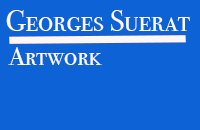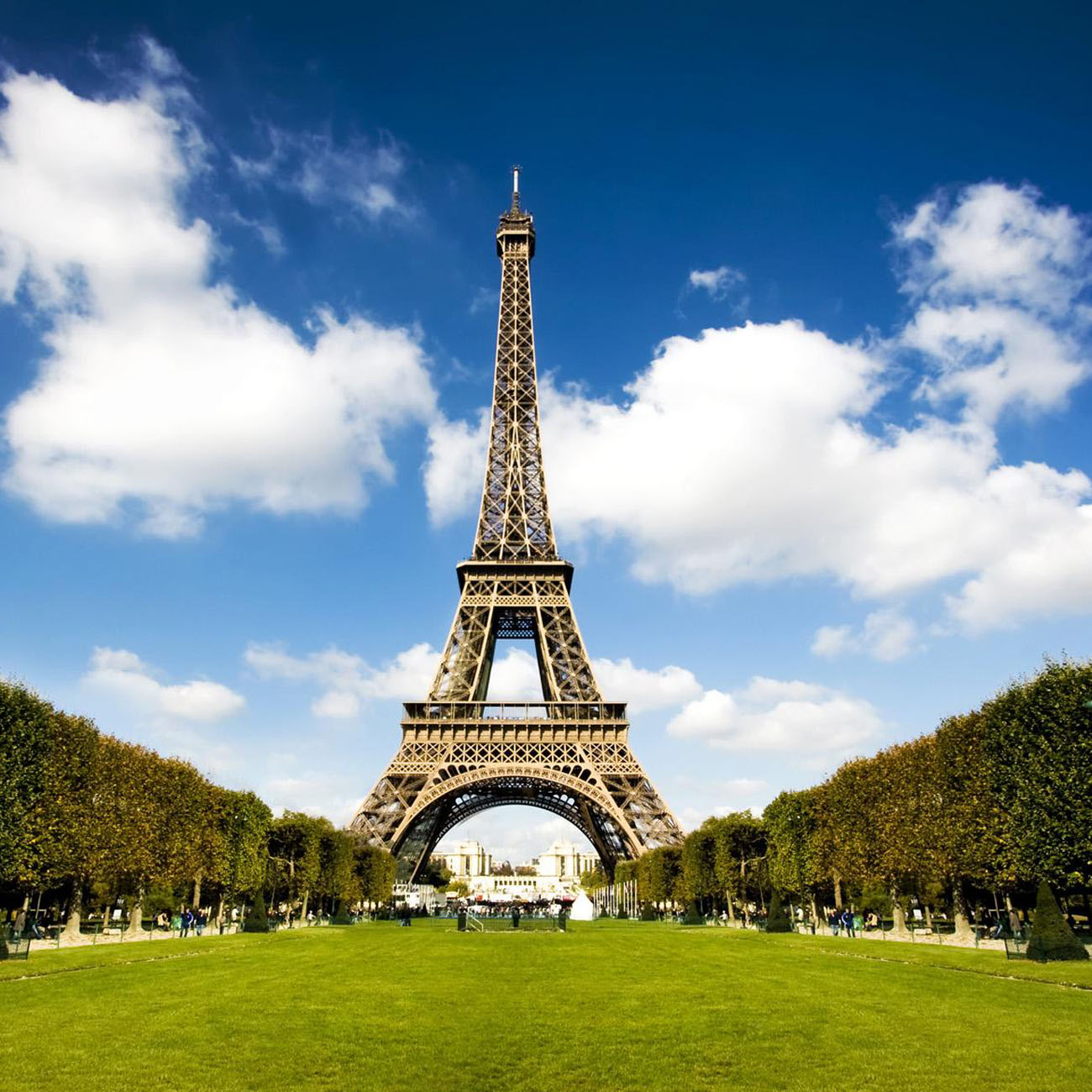General Info
From 1878 to 1879, Georges Seurat was enrolled at the famous École des Beaux-Arts in Paris, where he received training under artist Henri Lehmann. However, feeling frustrated with the school's strict academic methods, he left and continued to study on his own.
He admired the new large-scale paintings of Puvis de Chavannes, and in April 1879, he visited the Fourth Impressionist Exhibition and saw radical new works by Impressionist painters Claude Monet and Camille Pissarro. The Impressionists' ways of conveying light and atmosphere influenced Seurat's own thinking about painting.
Seurat was also interested in the science behind art, and he did a good deal of reading on perception, color theory and the psychological power of line and form. Two books that affected his development as an artist were Principles of Harmony and Contrast of Colors, written by chemist Michel-Eugène Chevreul, and Essay on the Unmistakable Signs of Art, by painter/writer Humbert de Superville.
Seurat's first major work was "Bathers at Asnières," dated 1884, a large-scale canvas showing a scene of laborers relaxing alongside a river outside Paris. "Bathers" was followed by "A Sunday on La Grande Jatte" (1884-86), an even larger work depicting middle-class Parisians strolling and resting in an island park on the Seine River.





